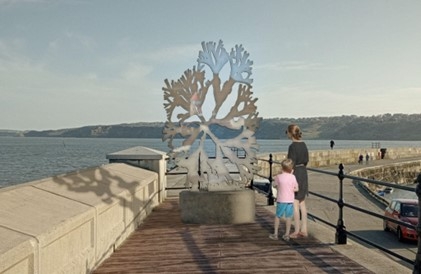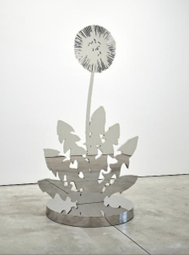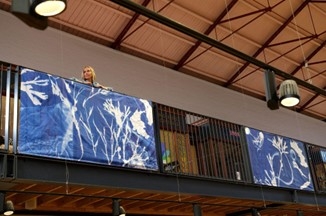A seaweed-inspired sculpture will launch on 11th March in Scarborough Harbour as part of the Wild Eye art and nature sculpture trail, celebrating the extraordinary wildlife and marine life found on the North Yorkshire Coast.
This new public sculpture by internationally-renowned, Yorkshire-based artist Paul Morrison, will join existing Wild Eye artworks from Ryan Gander and Juneau Projects, with further commissions planned from leading artists Jeremy Deller, Emma Smith and Shezad Dawood & Daisy Hildyard
The sculpture launch will be accompanied by a seaweed sun print exhibition at Scarborough’s Market Hall, presenting artwork made by local community groups, in collaboration with Scarborough-based artist Jacqui Barrowcliffe.
Alongside this, there will be a public talk by Professor Juliet Brodie, Seaweed Specialist at the National History Museum - Saturday 16th March, 2pm, Scarborough Library.



